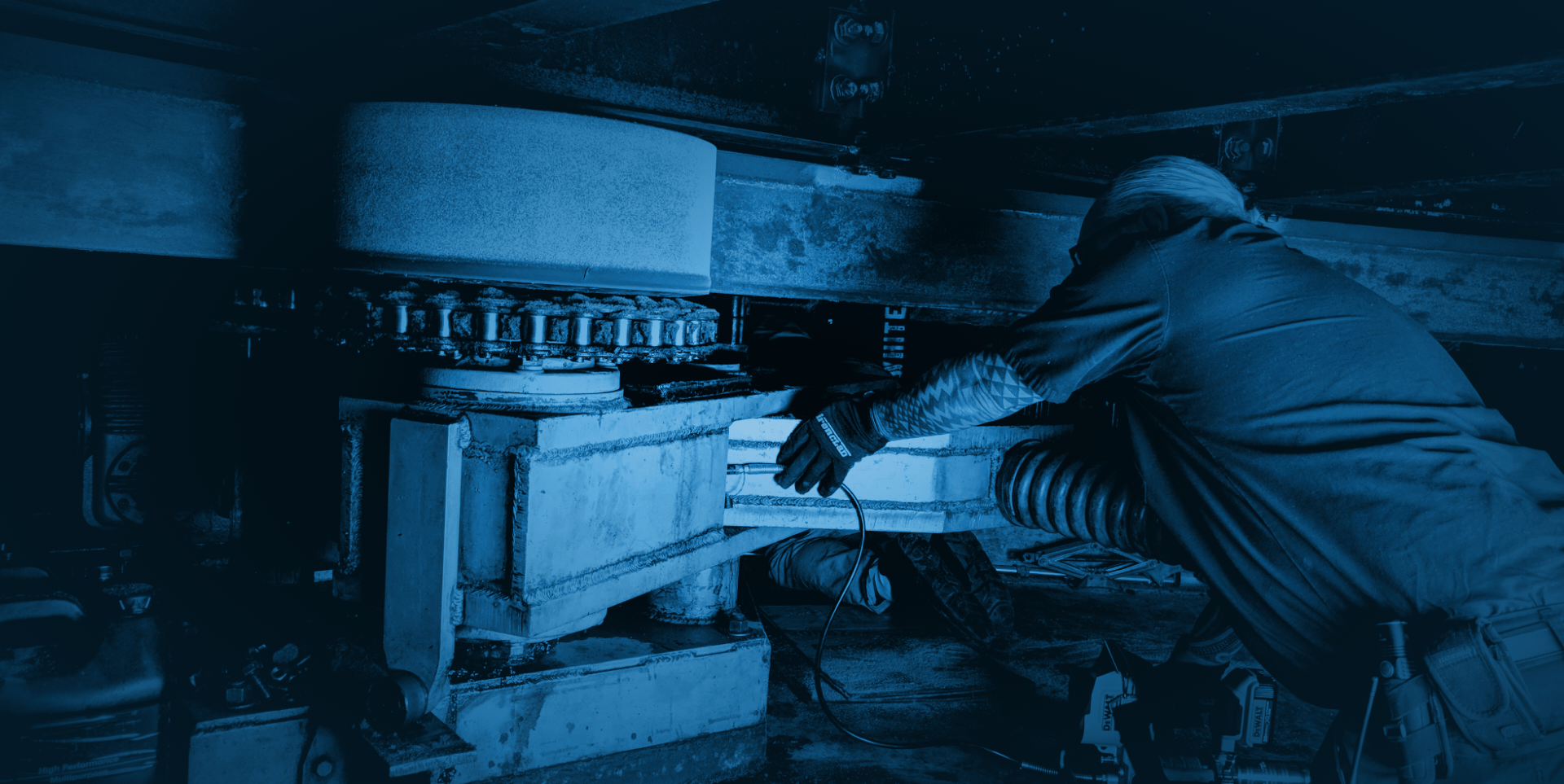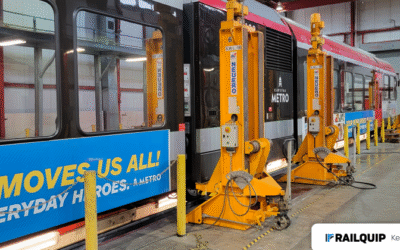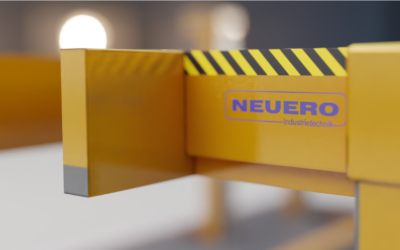- How to implement a proactive railway maintenance plan for your operations
- Mastering proactive maintenance scheduling for efficient railway operations
- The key steps to building a proactive railway maintenance strategy
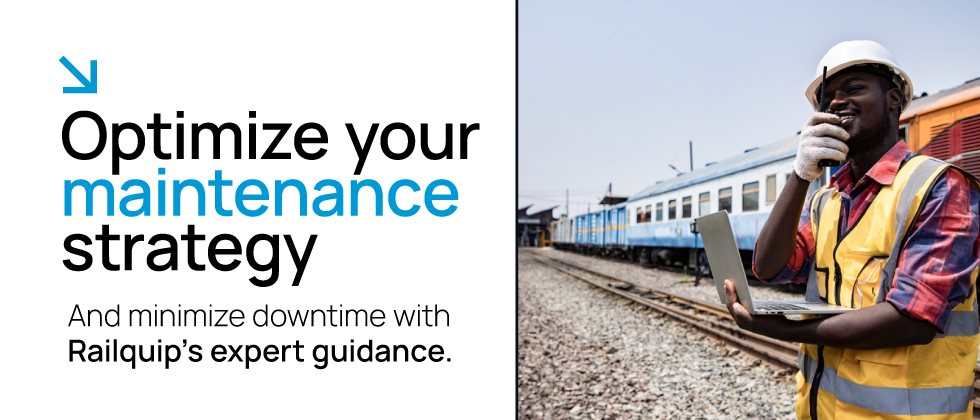
In railway operations, the importance of a proactive maintenance schedule cannot be overstated. It’s essential for not only ensuring safety but also for keeping systems running smoothly with minimal disruptions.
By addressing issues before they escalate, a well-structured maintenance plan helps avoid costly repairs and reduces unexpected downtime.
In this guide, we’ll walk you through the critical steps to building an effective proactive maintenance schedule, and explain how Railquip’s specialized equipment can streamline your operations, improve efficiency, and safeguard the longevity of your assets.
Step 1: Assess your assets
The first step in building a proactive maintenance schedule is to thoroughly evaluate the condition of all your railway assets, including locomotives, railcars, tracks, and signaling systems.
This assessment helps you identify the components that need immediate attention and those that can be scheduled for routine maintenance.
Tools like Railcar Movers and Lifting Equipment can help facilitate this assessment by allowing easy movement and inspection of railcars and providing access to hard-to-reach components, ensuring a thorough inspection of all assets.
Step 2: Implement condition monitoring
With your assets assessed, the next step is to implement a system to monitor their condition in real-time. Condition monitoring systems go beyond periodic checks and allow you to continuously track the health of critical components like axles, wheels, and braking systems.
This enables you to track wear and tear on these components and schedule maintenance only when necessary, shifting from a time-based maintenance schedule to a data-driven one.”
Step 3: Determine maintenance intervals
Once you’ve gathered real-time data on the asset conditions, you can now determine optimal maintenance intervals. Traditional maintenance schedules often follow arbitrary timeframes or hours of operation, which may not align with the actual needs of your equipment.
Instead, using data collected through condition monitoring, you can create a maintenance schedule that is tailored to each asset’s actual condition, ensuring that you address wear and tear before failure occurs. This makes your maintenance plan more efficient, as you’re only servicing equipment when it is truly required, not based on a fixed schedule.
Step 4: Create a maintenance task checklist
After defining the right maintenance intervals, create a checklist for each maintenance task. This checklist should be comprehensive and include inspections, part replacements, lubrication, and repairs.
Ensure it aligns with the data collected from your condition monitoring system, so that the most critical components are prioritized.
Lifting Equipment such as hydraulic presses and jacks will be essential for heavy tasks like wheel replacements and undercarriage inspections, ensuring these tasks are carried out safely and thoroughly.
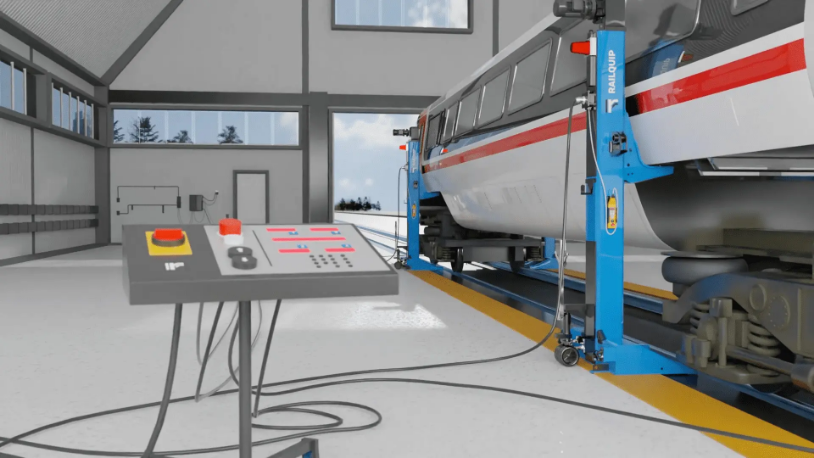
Step 5: Discover Railquip’s equipment
Railquip offers a range of equipment designed to support your proactive maintenance plan. Whether it’s Railcar Movers for easy repositioning of railcars during inspections or Lifting Equipment for maintenance tasks, Railquip’s tools ensure your team can perform maintenance tasks safely and efficiently.
Using the right tools improves turnaround times and ensures quality repairs, keeping operations running smoothly.
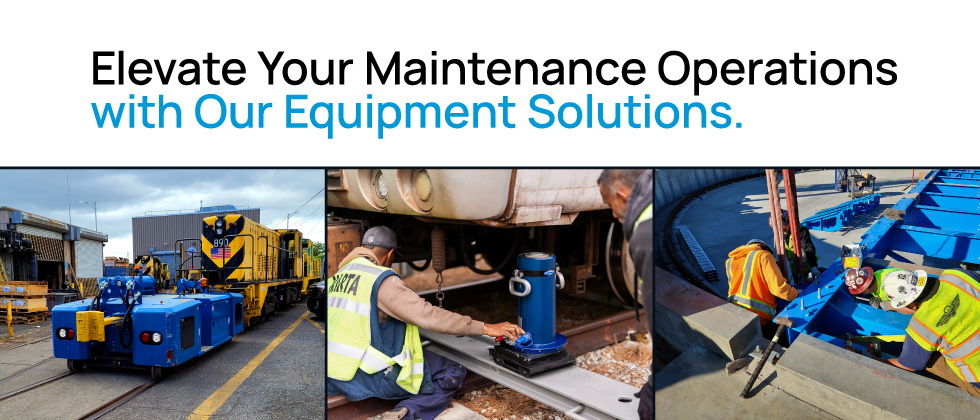
Step 6: Schedule maintenance activities
Scheduling is vital to ensure minimal disruption to your operations. Railquip’s Railcar Movers allow you to move railcars into maintenance areas during off-peak hours, reducing the impact on daily operations.
Scheduling repairs during low-traffic times maximizes your resources and reduces operational downtime. For heavier tasks, Railquip’s Railshop Equipment like cranes and hydraulic presses help lift and move heavy components, ensuring your maintenance tasks are completed quickly and safely.
Step 7: Monitor and adjust the schedule
Finally, your maintenance schedule needs to remain flexible. As you collect more data from your monitoring systems, adjust the schedule accordingly. Track Inspection Equipment and Railcar Movers provide ongoing feedback on how well the maintenance schedule is performing.
By reviewing this data regularly, you can make adjustments to improve efficiency, address unexpected issues, and ensure the maintenance plan stays aligned with operational needs.
Conclusion
Establishing a proactive maintenance schedule is crucial for ensuring the safety, efficiency, and longevity of railway operations. By continuously assessing asset conditions, monitoring their health, and making data-driven decisions, you can optimize maintenance intervals, reduce downtime, and extend asset life.
Our team offers unmatched expertise in rerailing equipment and maintenance planning, providing actionable insights and best practices tailored to your assets. With Railquip’s proactive approach, you’ll receive clear guidance to stay ahead of potential issues, optimize performance, and extend the operational lifespan of your equipment, ensuring smooth and efficient operations with minimal disruption.
Optimize your railway operations — Implementing a proactive maintenance strategy can improve efficiency, minimize downtime, and extend the lifespan of your assets.
Take the first step toward more reliable railway management today!
